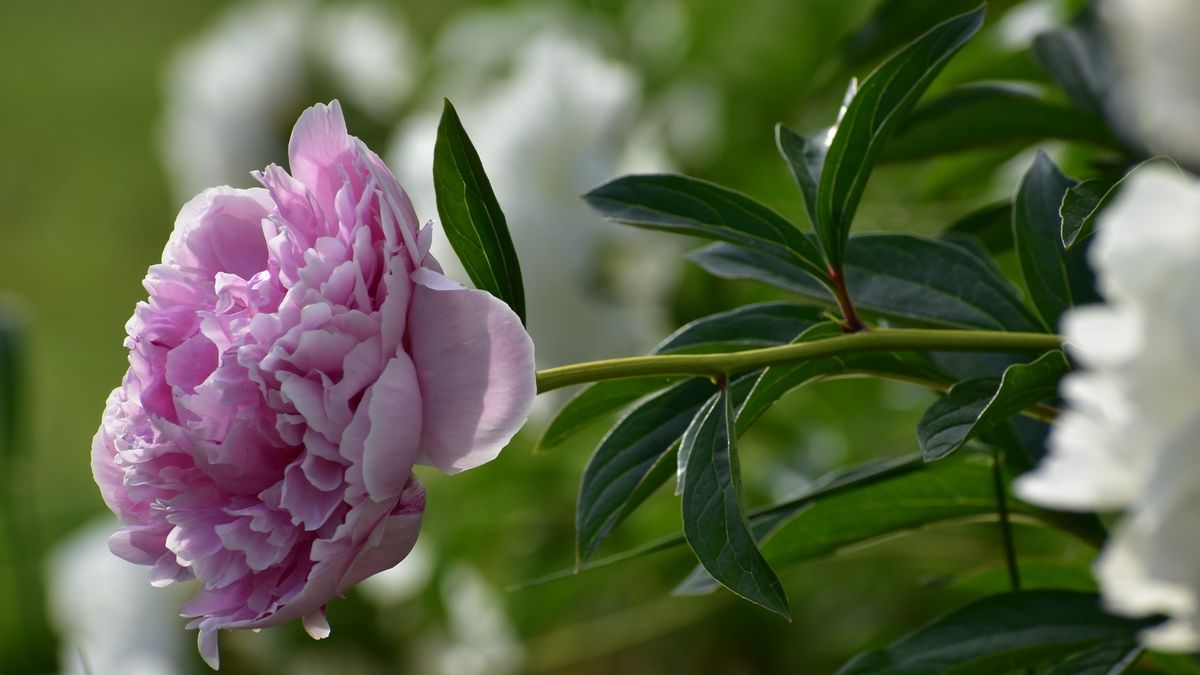JAKARTA – When you are looking for sources of plant nutrition, especially flowering plants, there will be lots of choices. So you need to identify the various types and choose them according to the needs of the plants you care for at home.
Texturally, plant nutrients can be in the form of powders, granules, pellets, sprays, and concentrates. You also need to recognize nutrients that are organic or known as organic fertilizers. Here, kinds of plant nutrients that you can choose for flower plants.
1. Complete fertilizerMost gardeners provide three main elements for flowering houseplants. Reported by The Spruce, Tuesday, March 22, these elements include nitrogen (N), phosphorus (P), and potassium (K). Nitrogen is a plant nutrient that makes its leaves thrive. Forfor can help the process of flowering and fruit formation, and potassium keeps the root system healthy.
In complete fertilizer packaging, will write down the content. For example, fertilizers contain 10-10-10 nutrients in the form of nitrogen-phosphate-potassium or known as NPK. You can choose the percentage based on your needs, if you want a fast flowering process, choose a higher phosphorus content.

Manufacturers of artificial fertilizers, or chemical fertilizers, combine inorganic materials to form ammonium nitrate or magnesium sulfate compounds. Chemical fertilizers, the advantages of which are easy, easy to obtain, and of course effective. It's just that you need to be careful in giving it to the plant. The reason is, if too much can cause the risk of death in plants and worsen soil quality.
There are various kinds of chemical fertilizer formulations. Such as pellets, liquid concentrates, and powders. Usually, this plant nutrition package comes with a watering can.
3. Foliar fertilizerFoliar fertilizers are liquid nutrients that plants absorb through their leaves. But unfortunately not all flowering plants can effectively absorb plant nutrients from their leaves. But unlike when absorbing potassium, flowering leaves will be more effective.
If your flowers start to turn yellow, this may be a symptom of iron deficiency. So you can provide potassium by spraying foliar fertilizer.
4. Organic fertilizerAs we know, organic fertilizers come from living things. Such as animal waste, fish emulsion, leaf fungus, and inanimate objects such as phosphate rock or green sand. Organic fertilizers do not supply essential nutrients for flowers. But organic fertilizers increase soil fertility.
This type of plant nutrition is the safest to use. Both for plants and the environment. The advantages of using organic fertilizers include less damage to plants, stronger plant immune systems, non-toxic to insects and wildlife, and active in the soil for a long time.
However, organic fertilizers are more expensive. Because plants need regular care and fertilizer production depends on other creatures.
5. Simple fertilizerYou need to recognize every symptom of a plant when it lacks nutrients. When you have recognized it, you can choose simple fertilizers as nutrients. Because this type of fertilizer only contains one of the nutrients that plants need. For example, when the plant turns yellow and lacks iron, you can simply apply a simple fertilizer containing potassium.
6. Slow release fertilizerSimilar to organic fertilizers, but slow release fertilizers require time for organic matter to be decomposed by resistant microorganisms. This fertilizer is organic, but insoluble. The shape is like potassium rock or other stone powder. Well, this type of fertilizer is popular for plant nutrition that is placed outdoors.
The English, Chinese, Japanese, Arabic, and French versions are automatically generated by the AI. So there may still be inaccuracies in translating, please always see Indonesian as our main language. (system supported by DigitalSiber.id)













